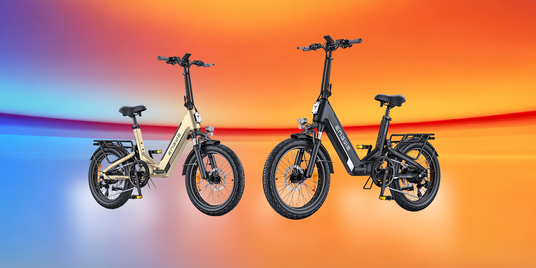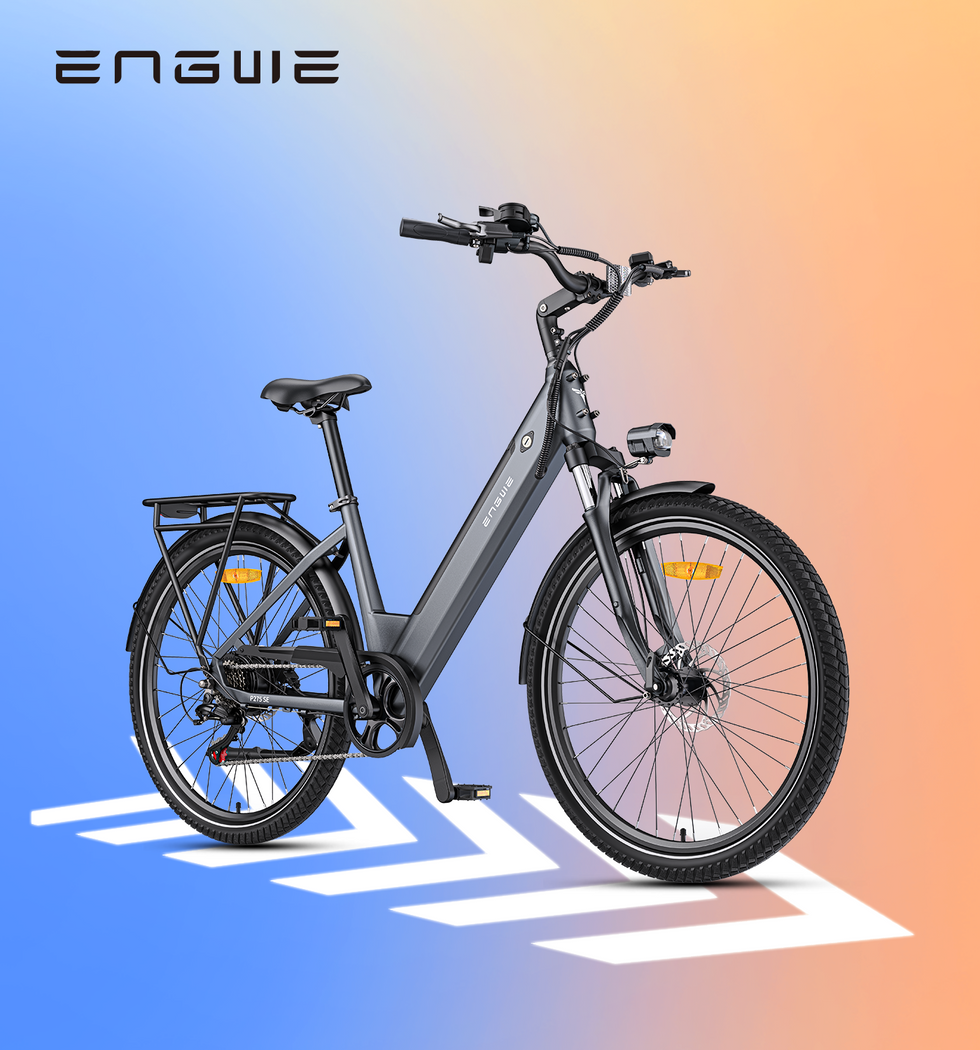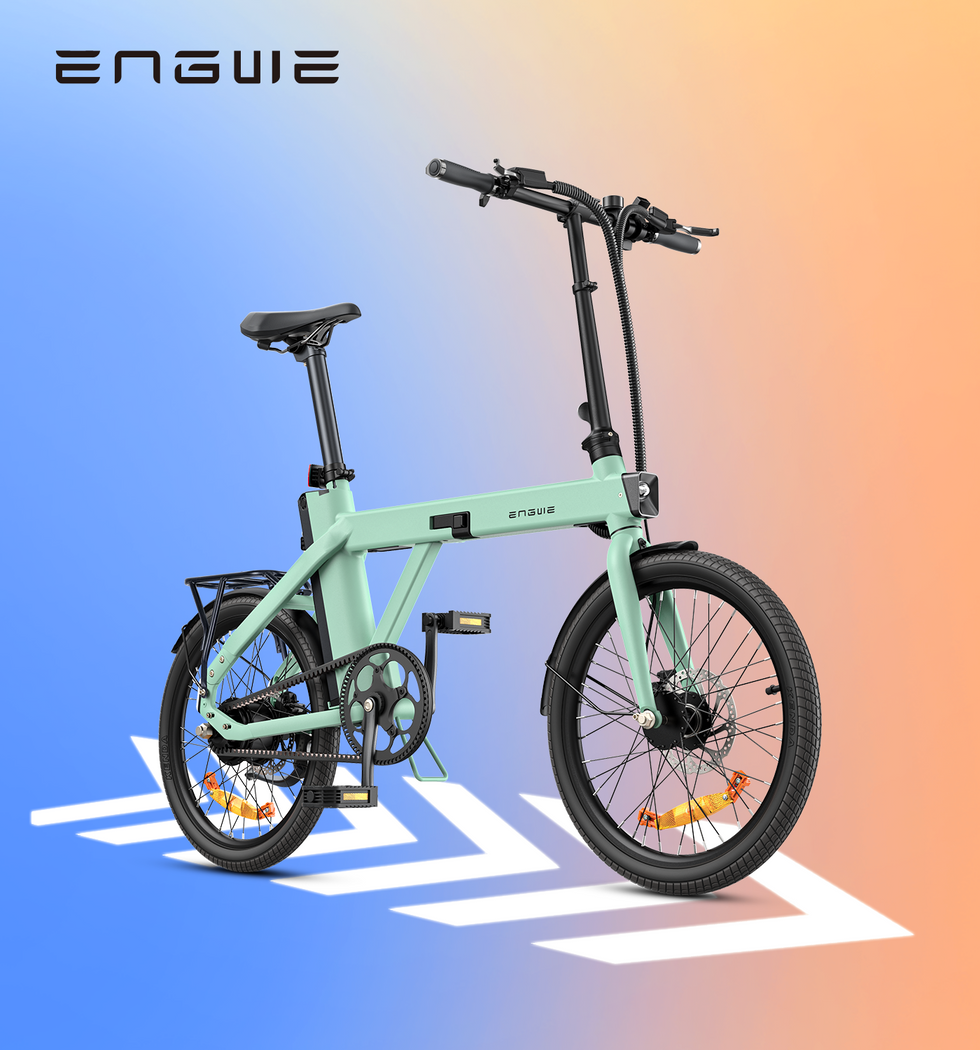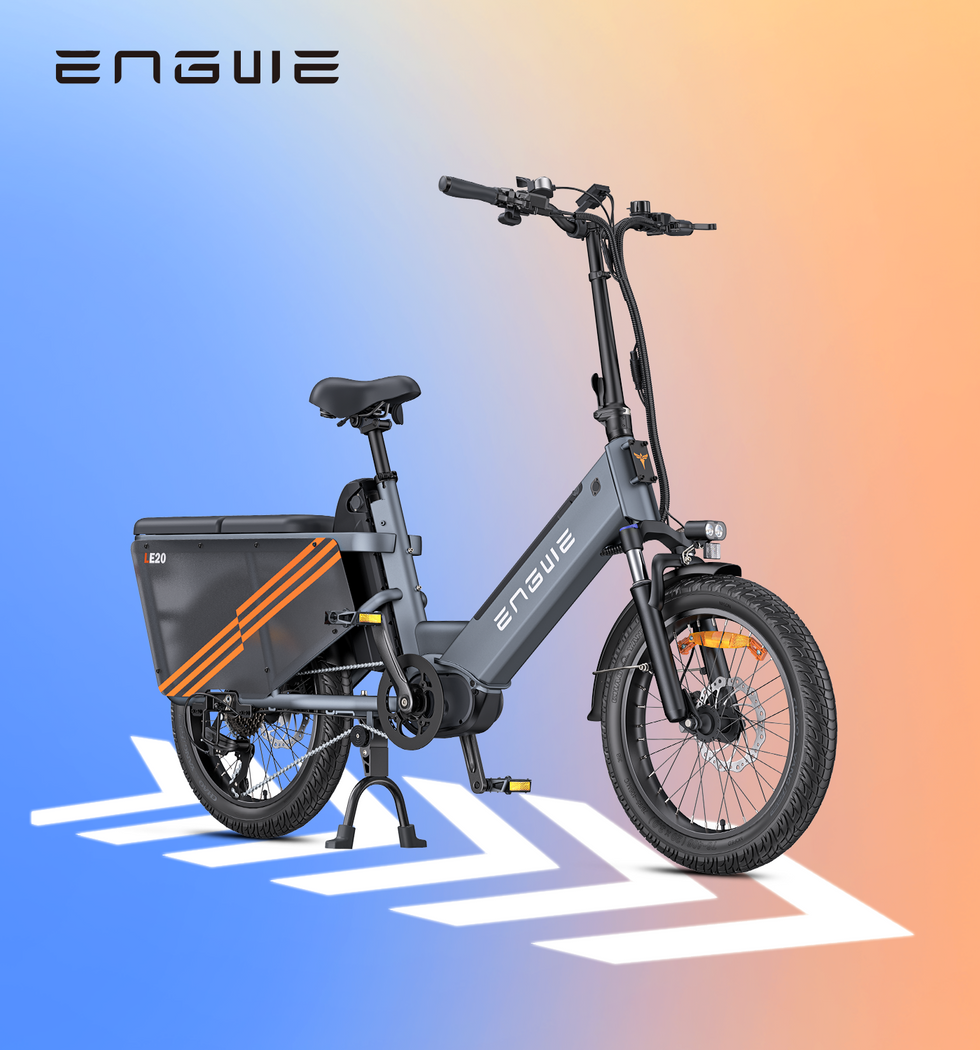The search for an inexpensive electric bike often feels like navigating a minefield. You are drawn in by the promise of effortless commutes and weekend adventures, but you are held back by the fear of purchasing a machine that will fail you when you need it most. The internet is flooded with options, and every single one claims to be the best. As someone who has spent countless hours testing, riding, and analyzing these bikes, I understand your hesitation. You are not just looking for a low price; you are looking for genuine value. You want a reliable partner for your daily journeys, not a source of constant frustration. This guide is designed to cut through the noise, to transform you from a hesitant browser into a confident buyer by focusing on what truly matters.
Let's begin by shifting our perspective. The goal is not to find the "cheapest" electric bike, but the most "valuable" one. A cheap bike saves you money today but costs you more in repairs, replacements, and sheer disappointment tomorrow. A value-driven, inexpensive electric bike, on the other hand, is a smart investment. It’s a bike where manufacturers have made intelligent compromises, saving costs on non-essential elements while doubling down on the components that define the safety, reliability, and enjoyment of your ride. These bikes often come from direct-to-consumer brands that eliminate the middleman, passing the savings directly to you. Your mission is to learn how to spot these gems and avoid the pitfalls.
The Core Four: Non-Negotiable Features of a Quality Budget E-Bike
When evaluating any inexpensive electric bike, your focus should be laser-sharp on four critical areas. These are the heart, lungs, and skeleton of your ride. Getting these right means you are 90% of the way to a fantastic purchase.
1. The Battery
This is the single most important component. A weak or poorly made battery will ruin your entire experience. Do not be swayed by motor power alone; a powerful motor is useless without a good battery to fuel it. Look for clear specifications. What is the battery's capacity, measured in Amp-hours (Ah) or Watt-hours (Wh)? A higher number generally means a longer range. For a daily commuter, anything above 10Ah at 48V is a solid starting point. Dig deeper if you can: are the battery cells from a reputable manufacturer? While this information is not always available, brands that use quality cells are often proud to say so. A removable battery is also a huge plus, allowing you to charge it conveniently indoors and enhancing security.
2. The Motor
In the budget-friendly segment, you will almost exclusively find rear hub motors. This is perfectly fine. Hub motors are reliable, require little maintenance, and provide a powerful "pushing" sensation that is very satisfying. Do not get overly obsessed with the wattage rating (e.g., 250W, 500W). Instead, consider the torque, measured in Newton-meters (Nm). Torque is the twisting force that gets you up hills and accelerates you from a standstill. A motor with a higher torque rating will feel much more capable in varied terrain than a high-wattage motor with low torque.
3. The Brakes
Your ability to stop is more important than your ability to go. There are two main types of disc brakes you will encounter: mechanical and hydraulic. Mechanical disc brakes are operated by a steel cable, like traditional bicycle brakes. They are effective and easy to maintain. Hydraulic disc brakes use fluid to transfer force from the lever to the caliper, providing significantly more stopping power and better modulation with less hand effort. While once a premium feature, hydraulic brakes are now appearing on more value-oriented bikes. If your budget allows for a model with hydraulic brakes, it is a worthwhile upgrade for safety and control, especially in wet conditions or hilly areas.
4. The Frame and Build Quality
Look at the fundamentals. The frame should be made from aluminum, which offers a good balance of strength and weight. Check the quality of the welds; they should look clean and consistent. How are the cables managed? Are they routed neatly or are they a chaotic mess? Little details like this often indicate the overall care put into the bike's construction. Shake the bike gently. Does it feel solid, or do you hear a lot of rattling from the fenders and rack? A well-built frame is the foundation upon which everything else is built.
Red Flags to Watch For: Navigating the Budget E-Bike Market
Knowing what to look for is half the battle; knowing what to avoid is the other half. Here are some common red flags that should make you pause. First, be wary of vague or missing specifications. If a seller cannot clearly state the battery's capacity (in Ah or Wh) or the motor's torque, they are likely hiding something. Second, read user reviews with a critical eye. Ignore the five-star "just got it, looks great!" reviews. Seek out the reviews from people who have ridden the bike for several months. They will tell you the truth about battery degradation, component durability, and the quality of customer support. Third, consider the availability of support and spare parts. What happens if your controller fails or you need a new battery charger? A brand with a responsive customer service team and a ready supply of parts provides peace of mind that is worth more than any initial discount. Finally, avoid bikes that seem to have it all for an unbelievably low price. If a bike claims to have a massive battery, a powerful mid-drive motor, and top-of-the-line components for a fraction of the cost of all its competitors, something is likely too good to be true.

A Benchmark for Value: The ENGWE L20 3.0 Boost Experience
To make this tangible, let's examine what a high-value package looks like in the real world. A perfect example of a brand that masterfully balances cost and premium features is ENGWE. Their approach demonstrates that an inexpensive electric bike does not have to feel compromised. Consider the ENGWE L20 3.0 Boost. It serves as a fantastic benchmark for what you should expect from a top-tier value proposition. This model redefines urban travel by offering unparalleled comfort as the first compact e-bike with a full-suspension system, designed to absorb the vast majority of jarring road vibrations. For those moments when you need to conquer a steep incline or get ahead of traffic, a unique Boost Mode unleashes an instant 75Nm surge of power from its 250W hub motor. The high-capacity 48V 13.5Ah battery provides a remarkable range of up to 135km, and thanks to an industry-leading 8A fast charger, it can be fully ready to go in about 2 hours, eliminating range anxiety and long waits. What truly sets it apart at this level is the inclusion of a torque sensor, which delivers a smooth, intuitive, and natural-feeling pedal assist that responds precisely to your effort. This is complemented by powerful 180mm hydraulic disc brakes, puncture-resistant 20" x 3.0" tires, and a Shimano 7-speed drivetrain, all built into a convenient folding design. ENGWE proves that you can get advanced features like full suspension, fast charging, and a torque sensor in an affordable, thoughtfully designed package.
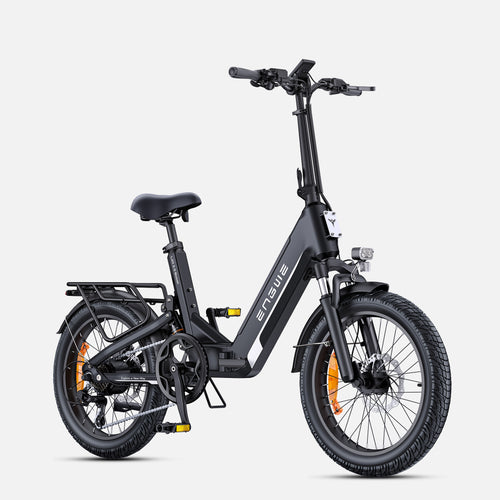
Living with Your E-Bike: Maximizing Your Investment
Your journey doesn't end once you've made the purchase. Getting the most out of your inexpensive electric bike involves a little care and attention. Most direct-to-consumer bikes will require some minor assembly, usually attaching the handlebars, front wheel, and pedals. Take your time and follow the instructions carefully. Before every ride, perform a quick check: are your tires properly inflated? Do your brakes feel responsive? Is your battery fully charged? Basic maintenance will dramatically extend the life of your bike. Keep the chain clean and lubricated, and learn how to properly care for your battery. Avoid leaving it in extreme temperatures and try not to store it completely empty for long periods. By treating your e-bike with care, you ensure that your smart investment continues to pay dividends in the form of reliable, enjoyable, and an incredibly fun mode of transportation for years to come.
Your journey towards affordable, empowered mobility starts with making an informed choice.

Frequently Asked Questions
1. How far can I really go on a single charge?
Real-world range depends on many factors: your weight, terrain, tire pressure, and level of pedal assist. The manufacturer's maximum range is usually calculated under ideal conditions (e.g., a lightweight rider on flat ground using the lowest assist level). A good rule of thumb is to expect about 60-70% of the maximum stated range for mixed, real-world riding.
2. Is maintaining an inexpensive electric bike difficult or expensive?
No, basic maintenance is very similar to a regular bicycle: keep tires inflated, clean and lube the chain, and check your brakes. The electrical components are generally sealed and require no maintenance. The most significant future expense would be a battery replacement, which is typically needed after 3-5 years of regular use.
3. Do I need a license or insurance to ride an electric bike?
In most regions, low-power electric bikes (typically with a 250W motor and a top assisted speed of 25 km/h) are treated like regular bicycles and do not require a license, registration, or insurance. However, laws can vary, so it is crucial to check the specific regulations in your local area.
4. Are budget electric bikes very heavy?
Yes, electric bikes are heavier than non-electric bikes due to the motor and battery, typically weighing between 25-35 kg. This is something to consider if you need to carry it up stairs. However, the weight is unnoticeable when you are riding thanks to the motor's assistance, and many models, especially folding ones, are designed for easier handling and storage.
5. Can I ride my electric bike in the rain?
Most electric bikes are designed to be water-resistant, not waterproof. They can handle light rain and riding on wet roads without issue. However, you should avoid deep puddles, pressure washing your bike, or leaving it exposed to heavy downpours for extended periods to protect the electronic components.
